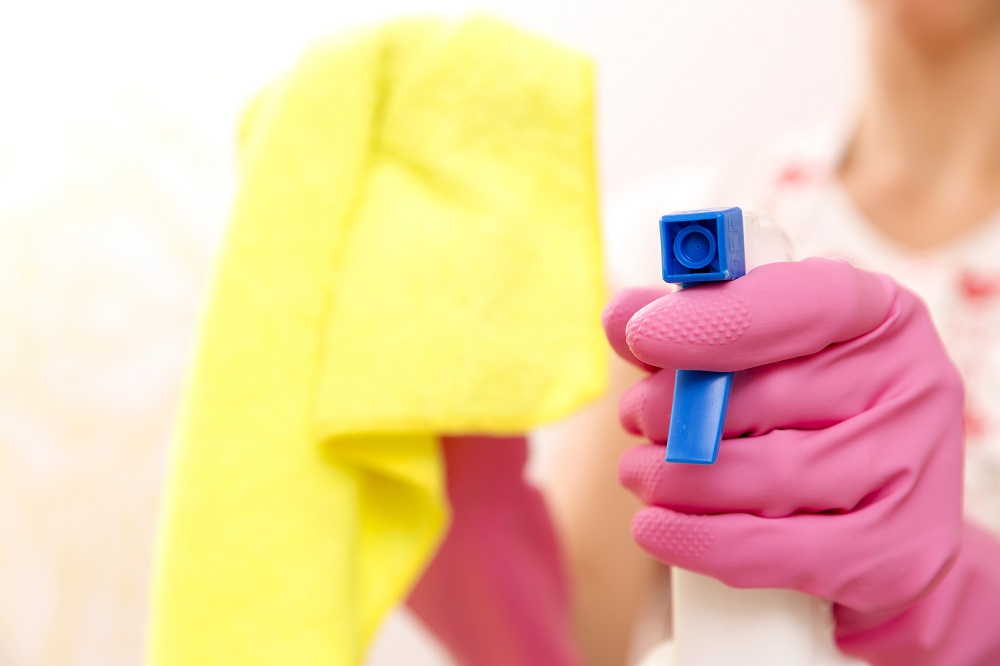
Maintaining impeccable standard of cleanliness and minimising the level of infection protecting both workers and environment from the risks posed by cleaning methods and products is a critical factor in the healthcare industry.
Therefore, the establishments are gradually adopting the best practices to meet both patient and staff safety whilst balancing sustainability in their cleaning procedures.
According to the National Communicable Diseases Surveillance Report, there has been an unusual increase in the number of reported communicable disease in Australian states and territories.[1]
Therefore facilities are now looking for alternative cleaning strategies that increase effectiveness and productivity, while keeping their costs from sky rocketing.
There are both external and internal factors that impact the implementation of healthcare cleaning and invest in cleaning products. Here are key ways to ensure that your organisation/building is sustainable.
Shift from traditional to green cleaning
In past few years, ‘green cleaning’ or ‘sustainable cleaning’ has become quite a buzzword in the cleaning industry, with discussions around management going all out green or sticking to the traditional cleaners.
This concept, aptly called green cleaning, refers to cleaning with environmental protection and sustainability in mind. Though healthcare and aged care institutions have been using traditional cleaning methods for years, the risks associated with them cannot be ignored.
Risks such as slip hazards from wet floors, as well as the health hazards caused from exposure to all cleaning chemicals are some of the key concerns when it comes to traditional cleaning methods.
Cleaning products and methods have become crucial to infection prevention, with an assumption that more chemicals you use, the cleaner results you get. However, continual use of these chemicals, as well as to make them and their disposal has an adverse impact on the environment at large.
To combat this and achieve optimal cleaning results, it’s key for management to adopt sustainable methods such as using long lasting ecological cleaning supplies, equipment, and techniques that ensures reduced exposure to harmful chemicals.
Invest in latest cleaning solutions
The use of eco-friendly innovative products that use less or no chemicals is the answer for any facility that cannot allow an outbreak of disease to occur.
One of the hero products when it comes to green cleaning is microfibre, as the name implies, is a fibre that measures less than one denier.
The introduction of microfibre has enabled the design of a split blended composite material. The use of different properties creates positive attraction, holding pathogens and dirt amongst the fibre and reducing the risk of transfer.
Cleaning in a healthcare or hospitality environment has to be as effective at removing germs you can’t see as eliminating dirt you can see. Products such as high absorbency spill mops and effective cleaning carts help you use less water through the cleaning cycle.
Those cleaning solutions enable organisations to have optimal infection prevention, superior cleaning performance and improved productivity.
As concern for the use of synthetic chemicals in cleaning and the inadvertent impact on the environment and staff mounts, the need for alternative cleaning methods that compliment or mitigate the need for chemicals in the cleaning cycle is increasing.
Focus on effective staff training and education
People are a key success factor to any process improvement or change management initiative. While the features and benefits of a new product allows a facility to modernise and streamline their systems, correct usage of products by the staff is equally important.
Hence, a thorough hands-on-training and providing meaningful product information by management and allowing employees to adapt are some of the key considerations to be made to support change.
Dedicated focus on training programs to develop confidence through appropriate and ongoing education is vital. Everyone needs time to become confident and comfortable with the change and new way of working.
Flexible training to match end user’s learning style, user manuals, high touch point posters, quick reference guides as well as hands-on demonstrations to aid staff with the transition to new technology.
Providing all stakeholders with effective and meaningful training can be the difference between success and failure for a new system or product implementation.
Education and training should be a top priority and an ongoing process when staff are engaged, confident and comfortable with a process improvement, the facility will reap the rewards.
[1] https://www.health.gov.au/internet/main/publishing.nsf/Content/cdnareport.htm
Christiaane Davis is senior marketing manager at Rubbermaid Commercial Products APAC
This first appeared in the November issue of INCLEAN NZ magazine
Comment below to have your say on this story.
If you have a news story or tip-off, get in touch at info@13.238.154.125.
Sign up to INCLEAN NZ’s newsletter.